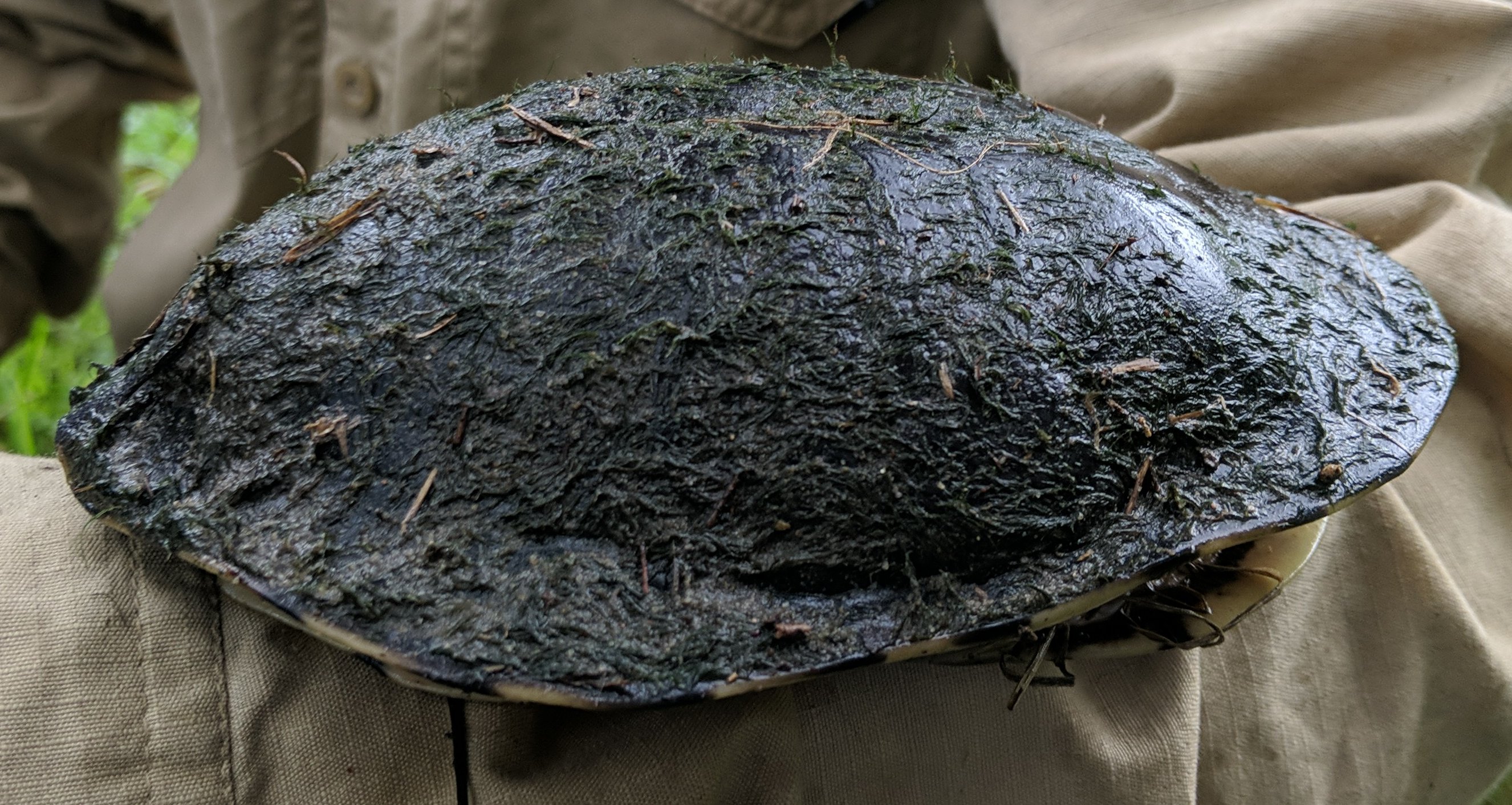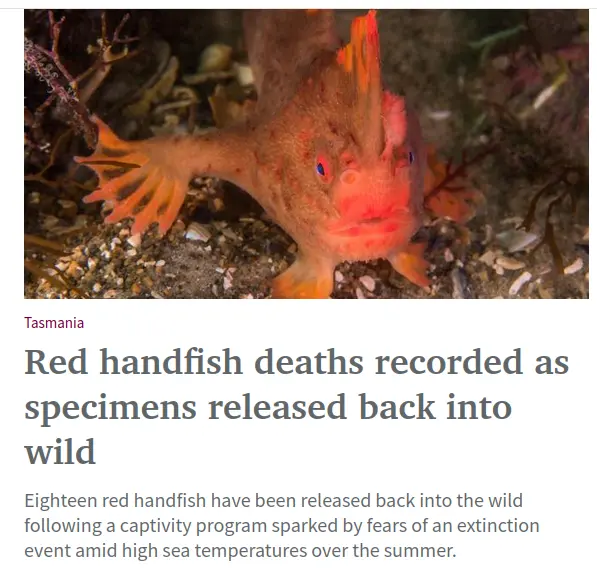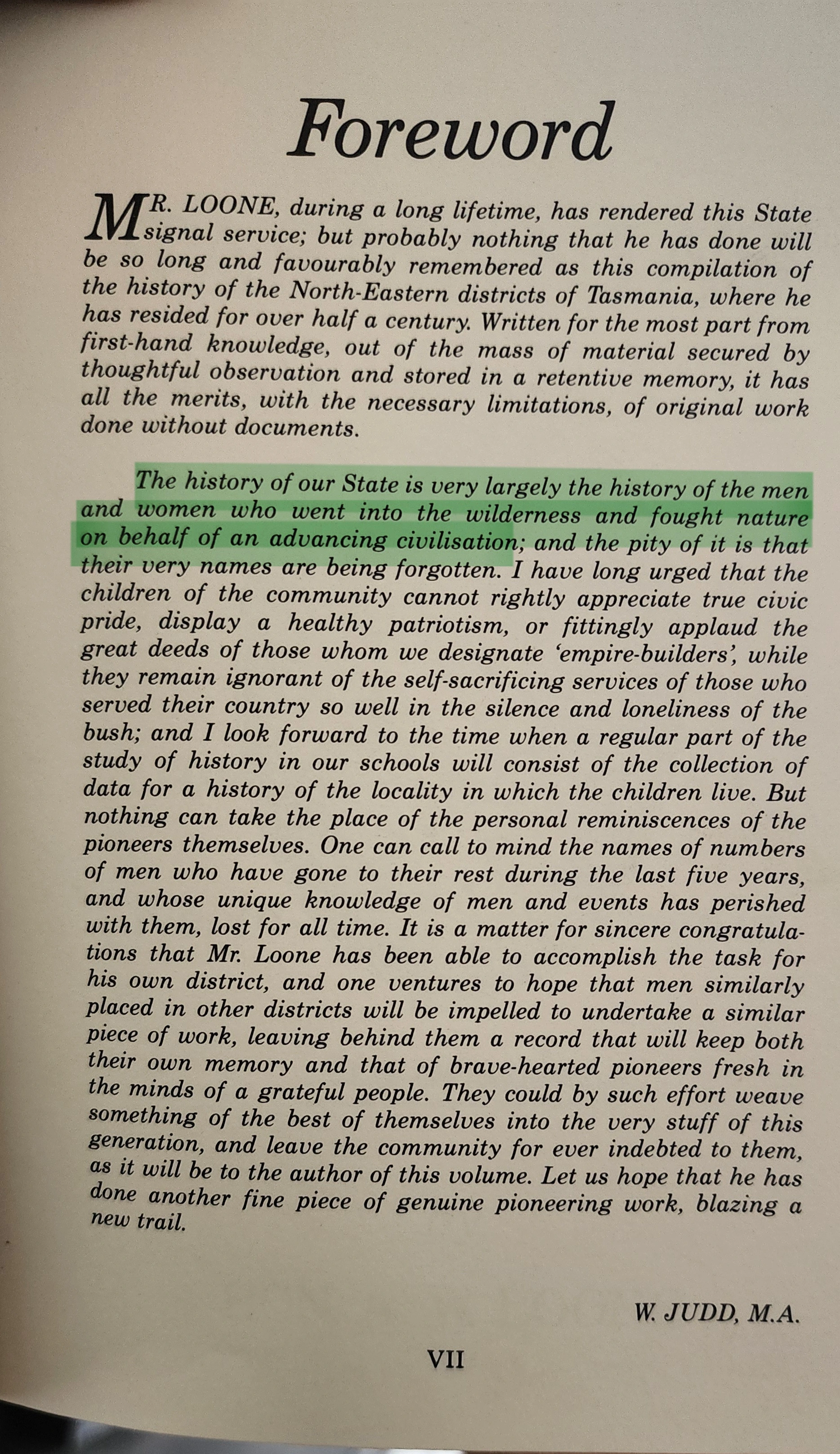One of the world’s leading energy experts, and the man dubbed the “Einstein of energy efficiency” has debunked the claims that nuclear energy is essential to meet climate goals, saying that choosing nuclear over renewables and energy efficiency will make the climate crisis worse.
“Carbon-free power is necessary but not sufficient; we also need cheap and fast,” says Lovins, the co-founder of the Rocky Mountain Institute, now known as RMI, and who has been advising governments and companies on energy efficiency for half a century.
“We therefore need to count carbon and cost and speed. At actual market prices and deployment speeds, new nuclear plants would save manyfold less carbon per dollar and per year than cheaper, faster efficiency or modern renewables, thus making climate change worse.
“The more urgent you think climate change is, the more vital it is to buy cheap, fast, proven solutions—not costly, slow, speculative ones.”
The comments by Lovins, made in a keynote presentation at the annual Energy Efficiency Summit in Sydney on Wednesday, are particularly relevant in Australia, where one side of politics is threatening to stop wind, solar and storage, and tear up Commonwealth contracts, and keep coal generators open until such time that nuclear can be built.
The federal Coalition, and its conservative boosters in the media and so called think tanks, argue that nuclear is the best way to get to net zero by 2050, ignoring the pleas and warnings from climate scientists who say that unless emissions cuts are accelerated, then the planet has little chance of keeping average global warming below 2.0° or even 2.5°c.
A common refrain from the Coalition, and conservative parties across the world for that matter, is that nuclear should be included as part of an “all of the above” strategy. To be fair, it is also used by Labor when justifying their infatuation with fossil gas and its proposed future beyond 2050.
“When someone says climate change is so urgent that we need “all of the above,” remember Peter Bradford’s reply: “We’re not picking and backing winners. They don’t need it. We’re picking and backing losers.”
“That makes climate change worse,” Lovins says,. No proposed changes in size, technology, or fuel cycle would change these conclusions: they’re intrinsic to all nuclear technologies.”
He noted that renewables add as much capacity every few days as global nuclear power adds in a whole year. “Nuclear is a climate non-solution (that) isn’t worth paying for, let alone extra.
“Nuclear power has no business case or operational need. It offers no benefits for grid reliability or resilience justifying special treatment. In fact, its inflexibility and ungraceful failures complicate modern grid operations, and it hogs grid and market space that cheaper renewables are barred from contesting.”
Lovins says that grids in Europe have shown that renewable dominated grids can be run with great reliability “like a conductor with a symphony orchestra” with comparatively little storage, and little is needed if politicians and grid operators embraced the full potential of energy efficient and demand site incentives.





